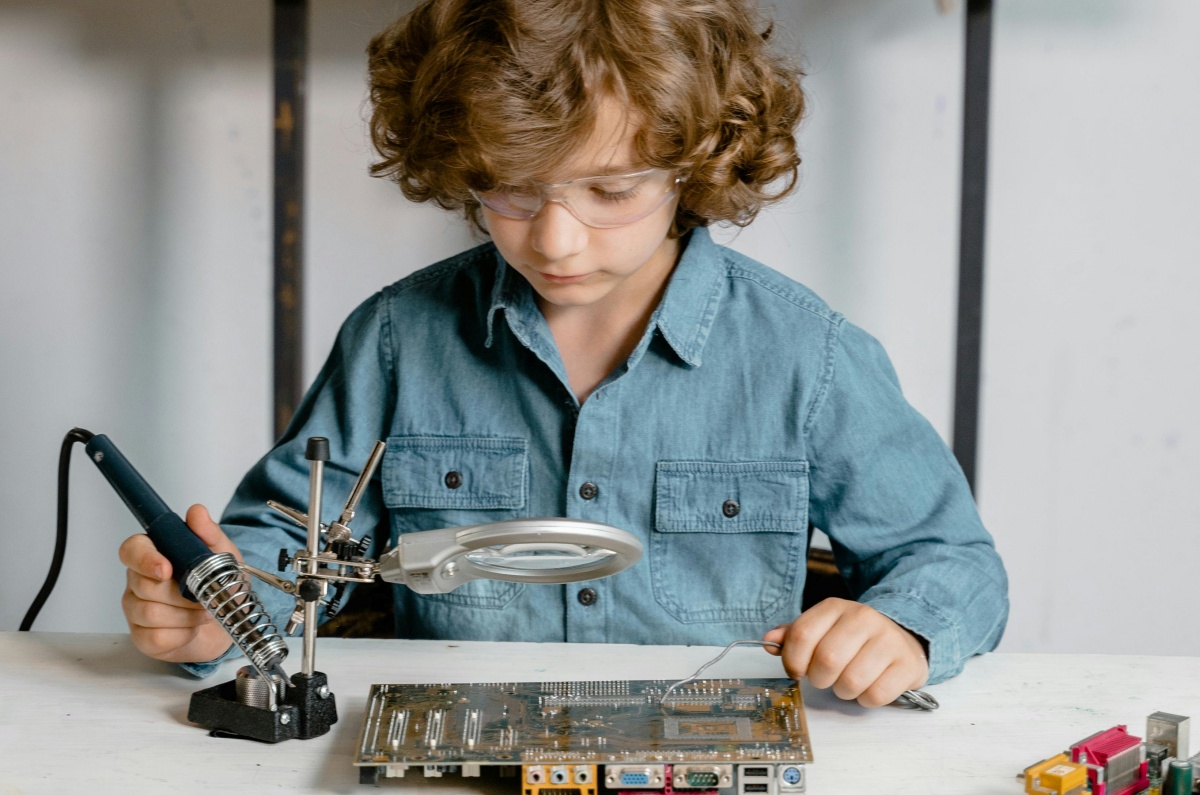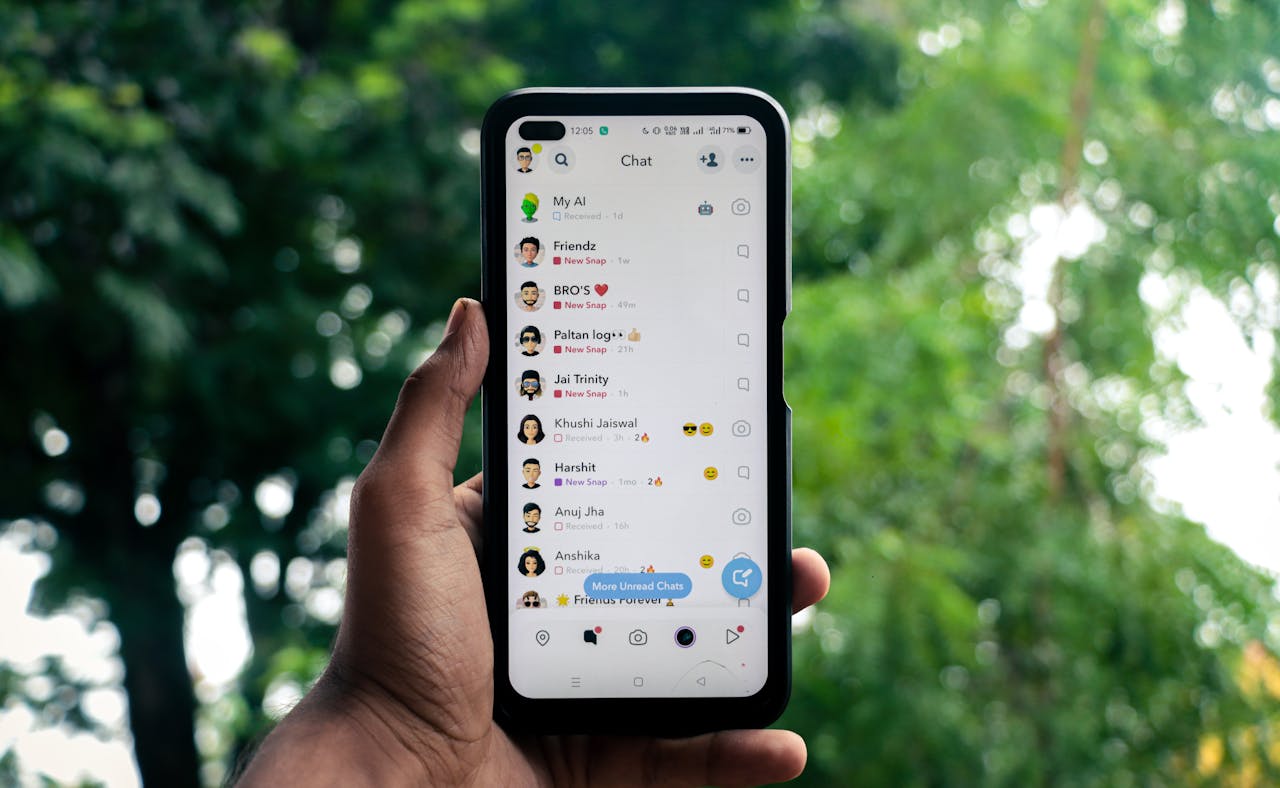Powerpoint presentations and games
Powerpoint presentations can be utilized to introduce a classroom concept and provide an opportunity for engagement. Along with the use of graphics and bulleted information, links to videos that support the ideas presented in the PowerPoint presentation can be embedded within the slides.
Internet Homework Assignments
Many teachers can begin to integrate technology in the classroom by posting homework assignments online (via learning platforms like Blackboard, Brightspace, and Moodle). Student engagement and organization can be improved by making assignments easily accessible.
Online grading Systems
Communication is a crucial component of education that aids teachers, administrators, parents, and students in recognizing a student’s strengths and areas for improvement. Online grading systems such as PowerSchool open and facilitate communication where teachers can post grades, analyze student attendance patterns, and manage transcript data.
Interactive whiteboards
These large interactive displays are also known as a smart board and have a variety of applications. They can be used as a simple touchscreen display where teachers can annotate, for example, or connect multiple devices to create interactive quizzes, polls, and tasks.
Mobile devices, tablets, and laptops
Laptops and tablets that are internet enabled are a great way for students to work in the classroom. They can be used to support independent research and fact-checking, or to create more engaging classroom activities like quizzes. Tablets can help teachers provide the support they need by encouraging student feedback.
Devices are the foundation of technology in education. Schools should provide reliable devices that have all the necessary functionality to provide a level playing field for all students, whenever possible.
Projectors and TV screens
Although projectors have been around for some time, they continue to improve in quality and functionality. As well as displaying multimedia content to engage classes, they can also be used to facilitate collaboration and group projects. Multimedia content within the classroom can be facilitated by TV screens, which include video, music, and text.
3D printers
In the beginning, 3D printing can be utilized to produce models that enable a more hands-on approach to learning. Organs in biology as part of a STEM lab, maps in geography, or even 3D shapes for mathematics are all possibilities.
AI & robotics
Artificial intelligence can be used in a variety of educational settings. Marking can be simplified by this, particularly in objective subjects like Maths, which can save teachers time. On the other hand, AI-based applications are becoming increasingly effective for language studies.
Enhanced student learning
Technology enhances the learning experience for students and pupils by allowing teachers to improve their own teaching practices. By receiving more engaging and interactive learning experiences, learners improve their understanding and retention of the material.
Better communication
Technology tools have enabled and enhanced collaboration between teachers, their peers, and school leaders and stakeholders in unprecedented new ways. The development of a new sense of community among educators – across schools has also been facilitated by this. Education systems, regions, and even borders – and ensures that teachers are not isolated in their professional development.
Digital Content Libraries
Various academic and research materials can be accessed by students through digital libraries or online databases. When it comes to absorbing and retaining crucial concepts, content such as e-books, scholarly articles, journals, and multimedia clips can make a significant difference.
Prepares children for the future
A CompTIA study found that nine out of 10 students believe that using technology in the classroom will help them prepare for the digital future. By teaching students skills like PowerPoint, you can help set them up for success. Introducing instructional technology into the classroom at a young age can help prepare students for future digital demands.
Connects better with students
One of the most important aspects of a teacher’s and student’s success is how well they can connect with each other. Teachers are always seeking ways to connect not only with their students but also with one another to build community in their courses. Technology presents teachers with an alternative way to connect with their students. Opening up communication channels and using the internet to explain curriculum material in a new way can be very helpful to students. Many students nowadays gravitate towards the Internet, so by using these technologies in the classroom, you may increase opportunities to build community with your students.
Build websites for students
It wasn’t possible to have your own website in the past, unless you had experience with coding or knew someone who did. Website creation is now easier than ever thanks to sites like Squarespace, Wix, and Weebly. Now that technology has advanced, it’s possible for your students to create their own website for class! Submitting work, organizing files and information, and personalizing it to promote creativity and pride are all possible uses of the page. Your students can start or add to their digital portfolio with this new take on notebooks.






